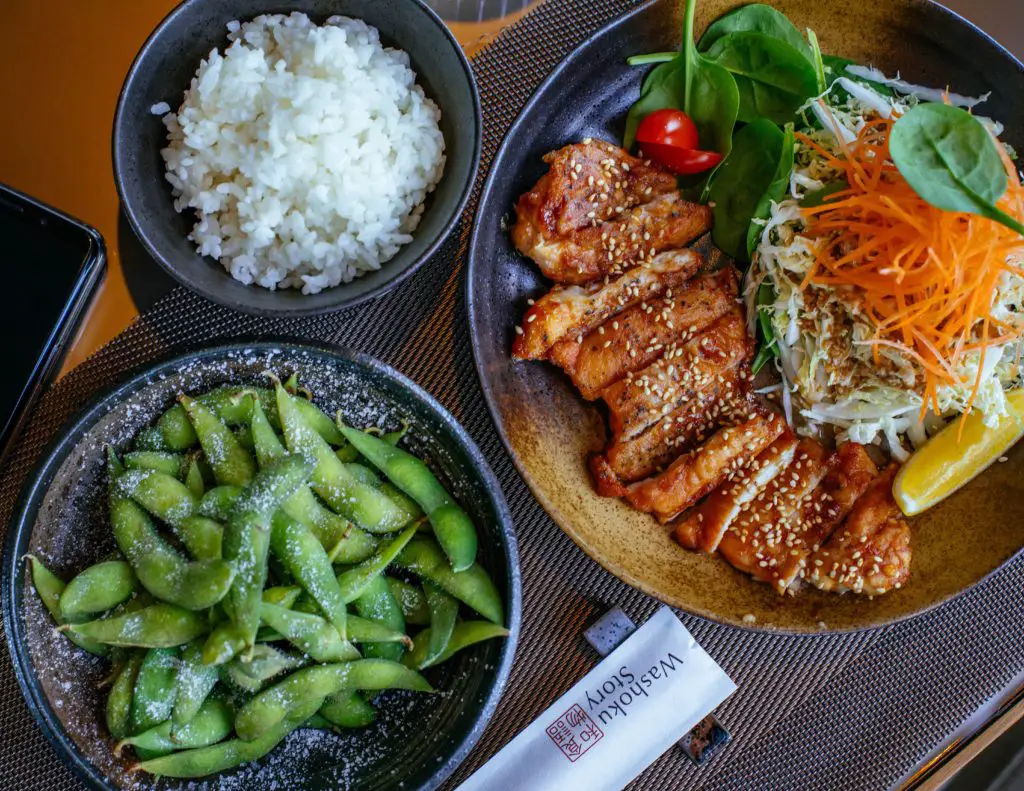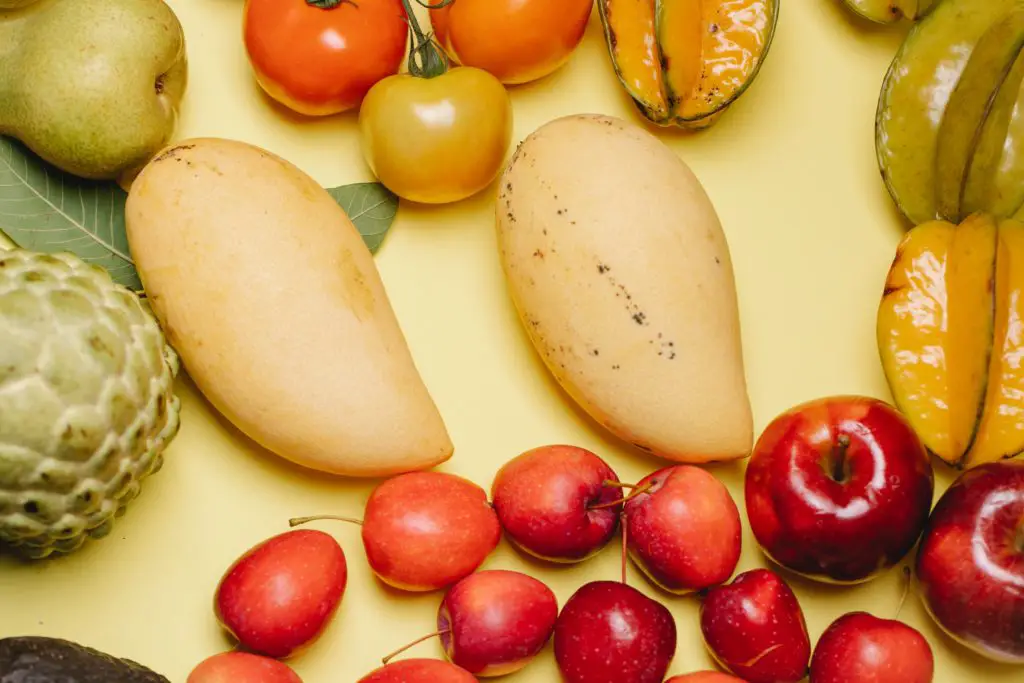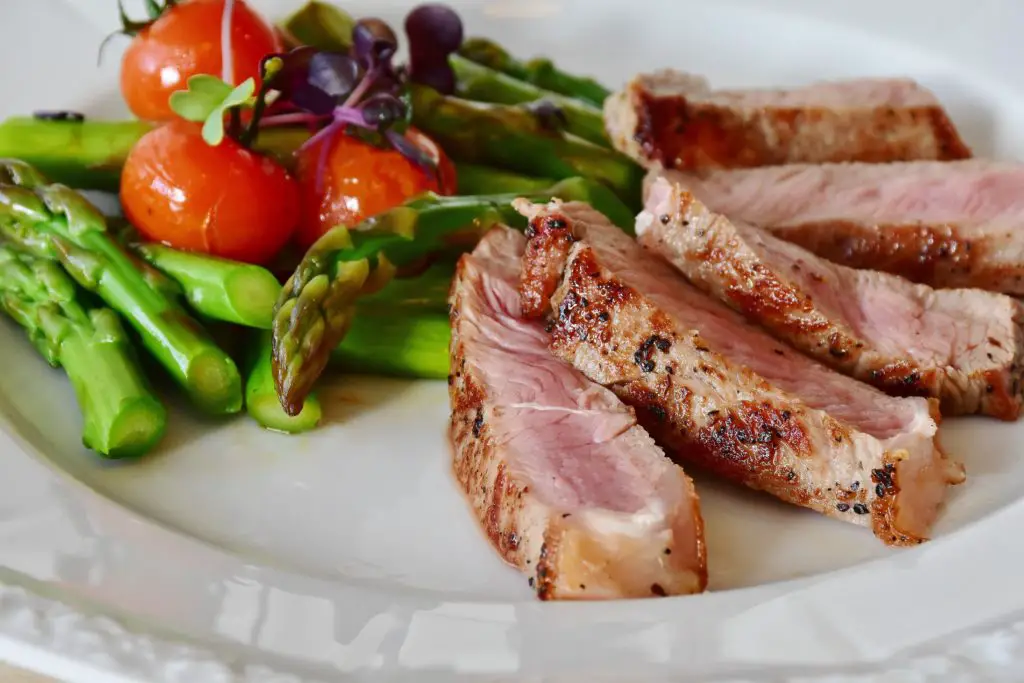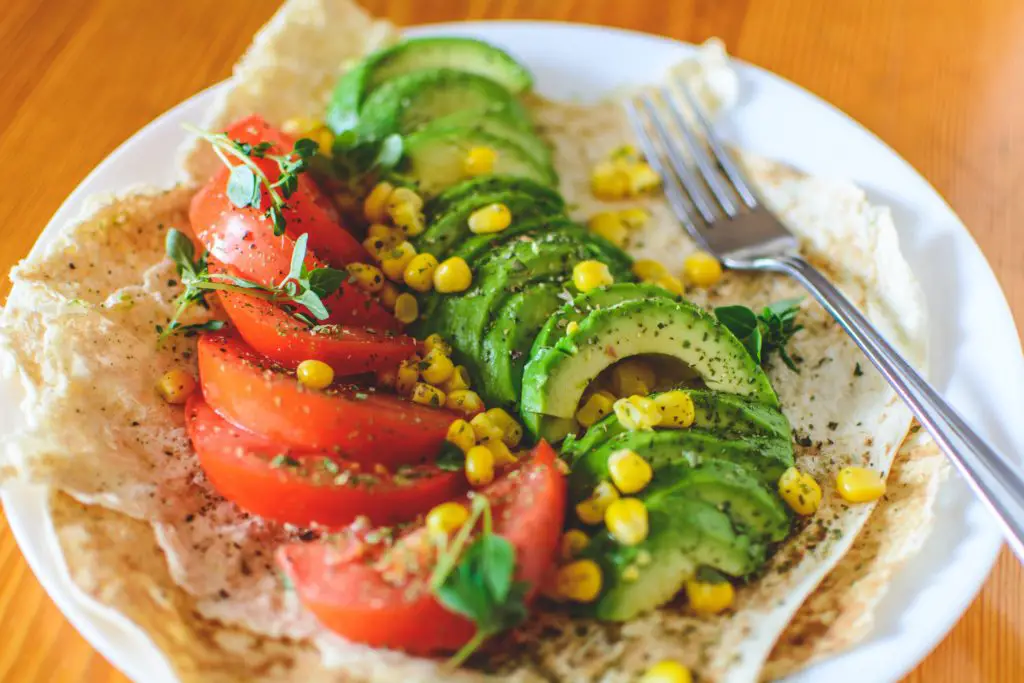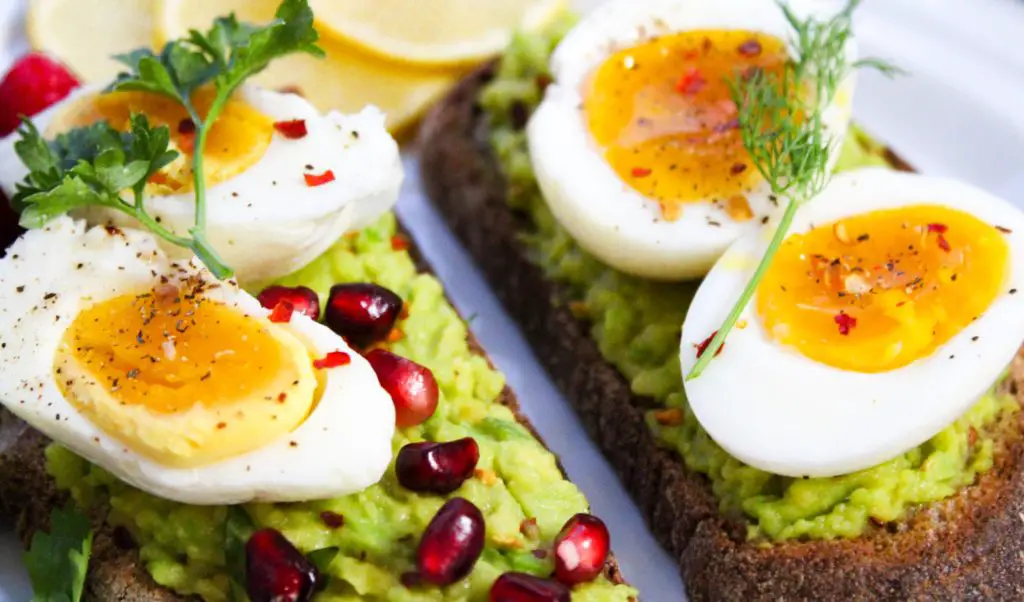What is Nordic Diet?
The Nordic diet was specifically designed to revolutionize Nordic cuisine and improve public health. Nutritional scientists based at the Denmark’s University of Copenhagen teamed up with a co-founder of the world-renowned restaurant Noma for this multi-year project. Known as the Nordic diet or New Nordic Diet, it incorporates aspects of Scandinavian tradition and culture. The Nordic diet calls for a lifestyle that embraces a return to relaxed meals with friends and family, centered on seasonal, locally sourced foods, combined with concern for protecting the environment.
Principles of Nordic Diet
- Eat more fruits and vegetables every day.
- Eat more whole grains.
- Include more foods from the seas and lakes.
- Choose high-quality meat – but eat less meat overall.
- Seek out more food from wild landscapes.
- Use organic produce whenever possible.
- Avoid food additives.
- Base more meals on seasonal produce.
- Consume more home-cooked food.
- Produce less waste.
If you’re looking for a detailed version of the Nordic diet, the 2017 book “The Nordic Way,” incorporates a carb-to-protein ratio based on a combination of low-glycemic index and moderately high-protein foods, including dairy products. Low-GI foods cause a slower, lower elevation in blood sugar compared with higher-GI foods, authors say. Protein-rich foods prevent you from feeling hungry. By properly balancing nutritionally dense foods, according to the book, you can prevent weight gain or regain, reduce inflammation in the body, and lower your risk of diseases like diabetes.
When choosing what to eat on this diet, you could go all-out Scandinavian: Elk meat, rapeseed oil, Icelandic yogurt, lingonberries, rutabaga, and herring are just some examples of common foods in Denmark, where the diet originated. But anyone can adapt to the Nordic diet because its true focus is on eating wholesome foods that are local to you.
The Nordic diet’s whole food, the back-to-nature approach is an attractive option for many people trying to eat in a healthier way, says Kristin Kirkpatrick, lead dietitian and manager of wellness nutrition services at the Cleveland Clinic Wellness Institute. “Despite the type of diet that still prevails in the U.S., the majority of my patients want to get back to the basics – eat as their ancestors had before processing took over the food industry.”
Pros
- Tasty, healthy foods
- Environmentally friendly
Cons
- Time-consuming
- Impractical
Popularity
It is Ranked:
- No.3 diet in Best Plant-Based Diets (Tie)
- No.4 diet in Best Diets for Healthy Eating (Tie)
- No.6 diet in Best Overall Diets (Tie)
- No.6 diet in Best Diets for Diabetics (Tie)
- No.7 diet in Best Heart-Healthy Diets (Tie)
- No.8 diet in Best Weight-Loss Diets (Tie)
How does Nordic Diet work?
Although you don’t count calories on the Nordic diet, you’ll calculate the carb-protein ratio of your meals. Ideal meals involve a 2:1 ratio of carb grams to protein grams.
For carbohydrates, start by getting familiar with low-GI foods. Most fruits and vegetables, other than potatoes, have a low glycemic index. GIs vary for other carb-containing foods such as dairy products, grains, bread, pasta, beans, and legumes. Rye is a whole-grain staple in the Nordic diet. All bread isn’t alike: Pumpernickel and sourdough bread are low-GI, while softer, fluffy white bread isn’t. At breakfast, steel-cut oats are lower GI than instant oatmeal. Lower-fat dairy products are recommended.
Protein-rich foods will help keep you satiated. In the Nordic diet, fish such as shellfish or white, fatty fishes; lean cuts of pork; veal, and beef; and skinless poultry provide healthy protein. Fish – such as salmon, mackerel, and sardines – provide healthy omega-3 fatty acids. Using fish as a food source is also easier on the environment than beef.
Tofu and legumes, such as lentils or beans, are good protein choices for vegetarians and meat-eaters alike. Fiber comes naturally with veggies and whole grains. For extra fiber, add chia seeds to your meal.
To get you started, “The Nordic Way” offers a four-week eating plan. You can go beyond the recommended portions but should only eat until you’re no longer hungry, not until you’re stuffed. A typical plate would be half-filled by veggies, fruit, and berries; one-quarter low-GI carbs; and one-quarter protein-rich foods. You should eat protein at every meal. Starches such as rice and pasta are OK but in lower quantities than plant foods, lean meat, and fish.
Midmorning or afternoon snacks are fine. You could combine low-GI toast or crispbread with a slight splurge of dark chocolate spread, or munch on fresh fruit or nuts.
You’ll prepare food from home and pack lunches as much as possible. You can visit salad bars if you favour fresh veggies over potato and pasta salads; focus on lean protein and choose low-GI sides like chickpeas. Don’t forget your water bottle: You should drink water with every meal.
How much does this Diet cost?
With its emphasis on organic foods, the Nordic diet could be expensive. Unless you have access to local farmers’ markets and fisheries, you’ll have to turn to grocery stores where fresh-from-the-garden produce and straight-from-the-water fish can be pricey.
Will Nordic Diet help you lose weight?
You’ll probably lose weight in a slow, steady way on the this diet.
A study in the Nov. 25, 2010, issue of the New England Journal of Medicine, focused on the Diet, Obesity, and Genes (Diogenes) project, looked at weight loss maintenance after weight loss. About 550 overweight adults from eight European nations, who had previously lost 8 percent of their body weight on very-low calories diets, were randomly assigned to and ultimately completed a six-month program of one of five diets: high or low protein, and high- or low-glycemic-index foods, in different combinations, or a standard control diet. “A modest increase in protein content and a modest reduction in the glycemic index led to an improvement in study completion and maintenance of weight loss,” researchers concluded.
A June 2016 study in the Journal of Proteome Research compared the New Nordic Diet to an average Danish diet, which – like a typical American diet – includes more meat, more processed foods, and fewer plant foods, and so more fat and less fiber. For 26 weeks, researchers tracked weight and measured a variety of biomarkers in blood samples from 145 participants. Those on the Nordic diet were more likely to lose weight.
Among 147 adults with larger waistlines who followed either the Nordic or average Danish diet for six months, those on the Nordic diet lost weight and had reduced blood pressure in a January 2014 study in The American Journal of Clinical Nutrition.
A long-term study of weight management in women during pregnancy and beyond followed Norwegian mothers for eight years after their deliveries. Women who ate foods that adhered more closely to the New Nordic Diet during pregnancy gained slightly less weight, with results published in June 2018 in the British Journal of Nutrition.
How easy is Nordic Diet to follow?
It is ranked #19 in the Easiest Diets to Follow
- The Nordic diet is not particularly easy to follow. It can take time and effort to find appropriate, environmentally conscious local foods – like tomatoes that weren’t grown in a greenhouse. Routinely preparing and sitting down for homemade meals requires a significant lifestyle commitment.
- Recipes for the Nordic diet are available but can be hard to find. If you don’t speak Danish, cookbooks based on the New Nordic Diet, as opposed to traditional Nordic cooking, are somewhat scarce. “The Nordic Way,” available in English, includes a variety of easy-to-follow recipes. “The Nordic Kitchen: One Year of Family Cooking,” released in 2016, is divided into four chapters of seasonally based recipes.
- Eating out is possible with the Nordic diet. To eat like a locavore on the Nordic diet, you can find dining possibilities by searching for farm-to-table restaurants online. (If you plan to venture out to the flagship Noma in Copenhagen, be aware: Reservations are filled months in advance.)
- The Nordic diet can be time-consuming. If time is a luxury, the Nordic diet might not be for you. “It’s quite a time-consuming diet to follow,” says Arun Micheelsen, a Danish food researcher who’s studied public acceptance of the Nordic diet. “You have to spend at least an hour every evening making dinner. It’s just not in line with the way modern consumers eat.”
- Other resources are available. Go to glycemicindex.com for a searchable database of GI levels for all foods. If you’re looking for English-language websites or other resources specific to the New Nordic Diet, there aren’t that many. “The Nordic Way” – which outlines the diet’s history and science, and provides detailed grocery shopping guides, nutritional tables, recipes, and meal plans – lists for about $16 on Amazon.
- Feeling full shouldn’t be an issue on the Nordic diet. To succeed on a diet, nutrition experts emphasize the importance of satiety – that satisfied feeling that you’ve had enough to eat. On the Nordic diet, protein-rich foods with every meal will keep you from feeling hungry.
- Taste is an important factor in the Nordic diet. The concept of “terroir,” or territory, is central to the Nordic diet. “They want you, as a consumer, to actually taste your local food,” says Micheelsen.
How much should you exercise on Nordic Diet?
The diet does not include overall exercise guidelines. However, it was partially based on dietary recommendations from the Danish Health Authority, which advises adults to be physically active at least 30 minutes a day. Some exercise recommendations on attaining a flatter stomach are included in “The Nordic Way.”


